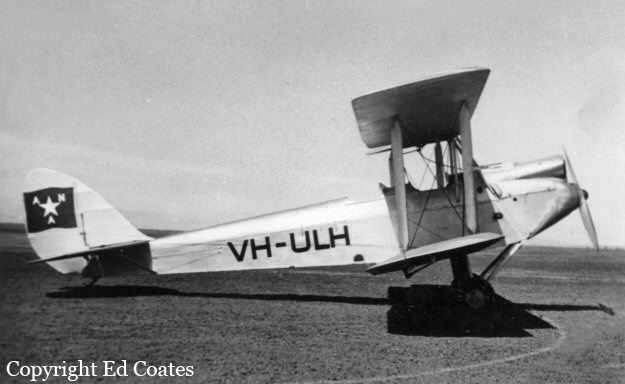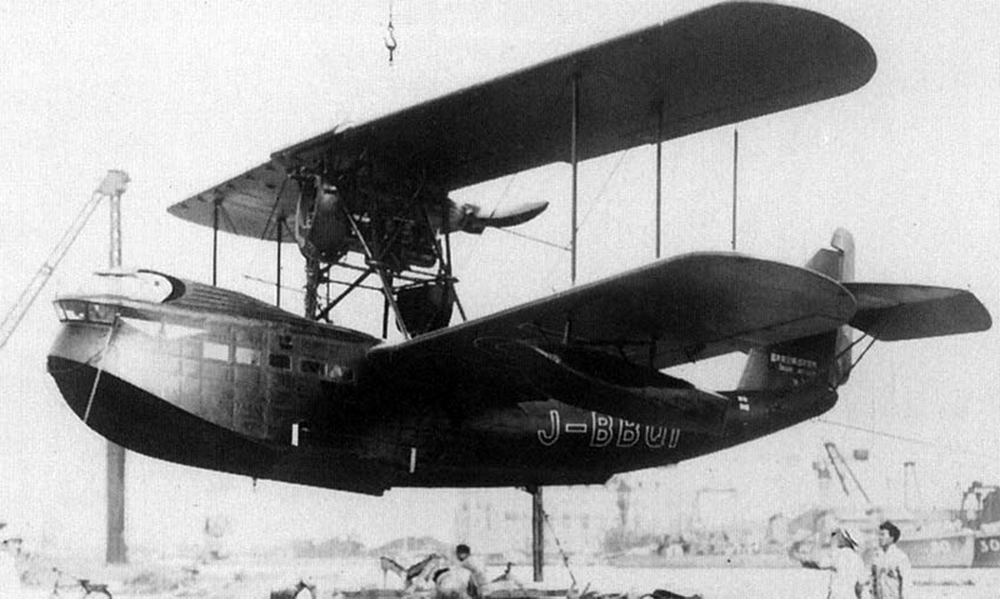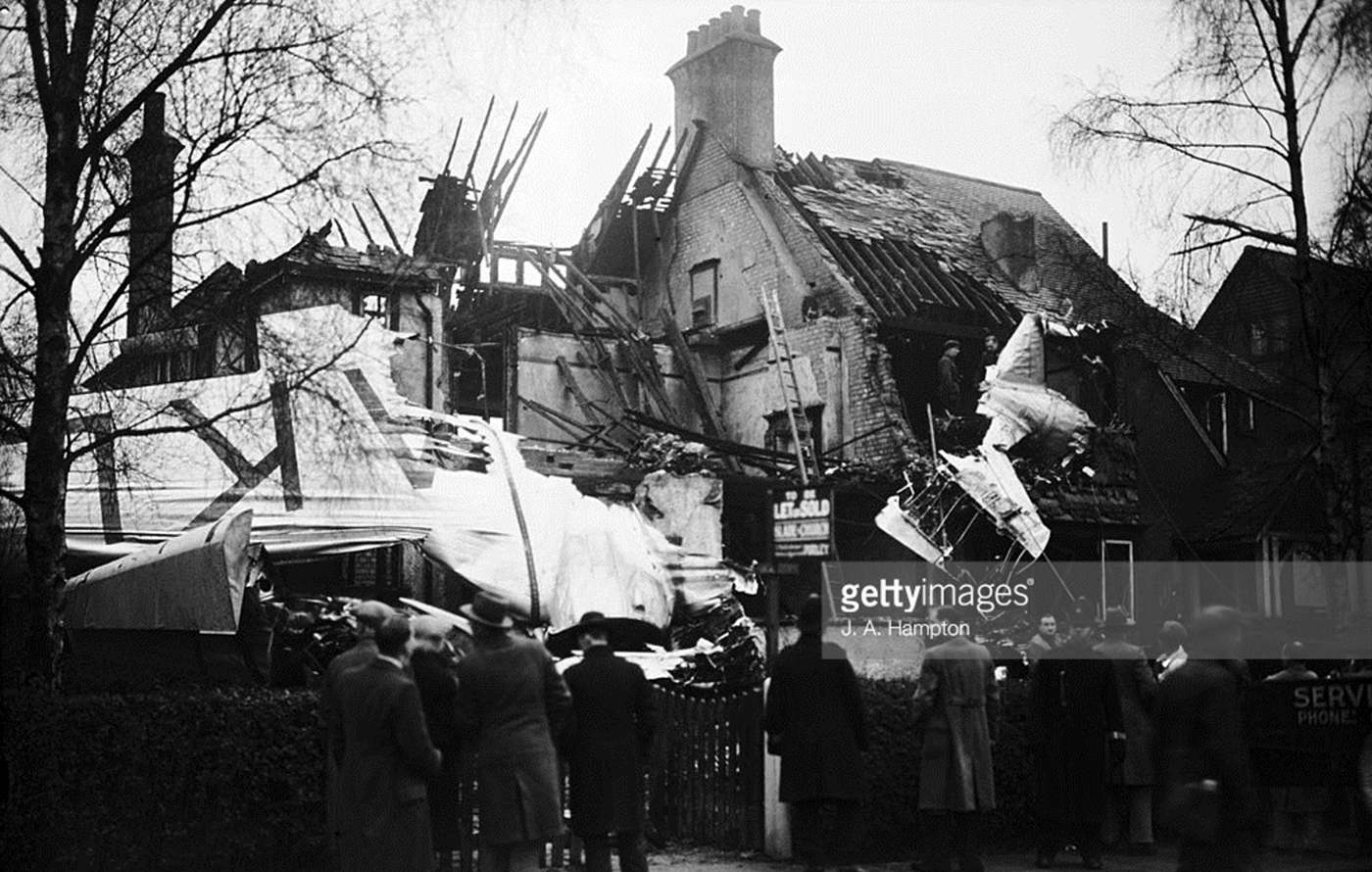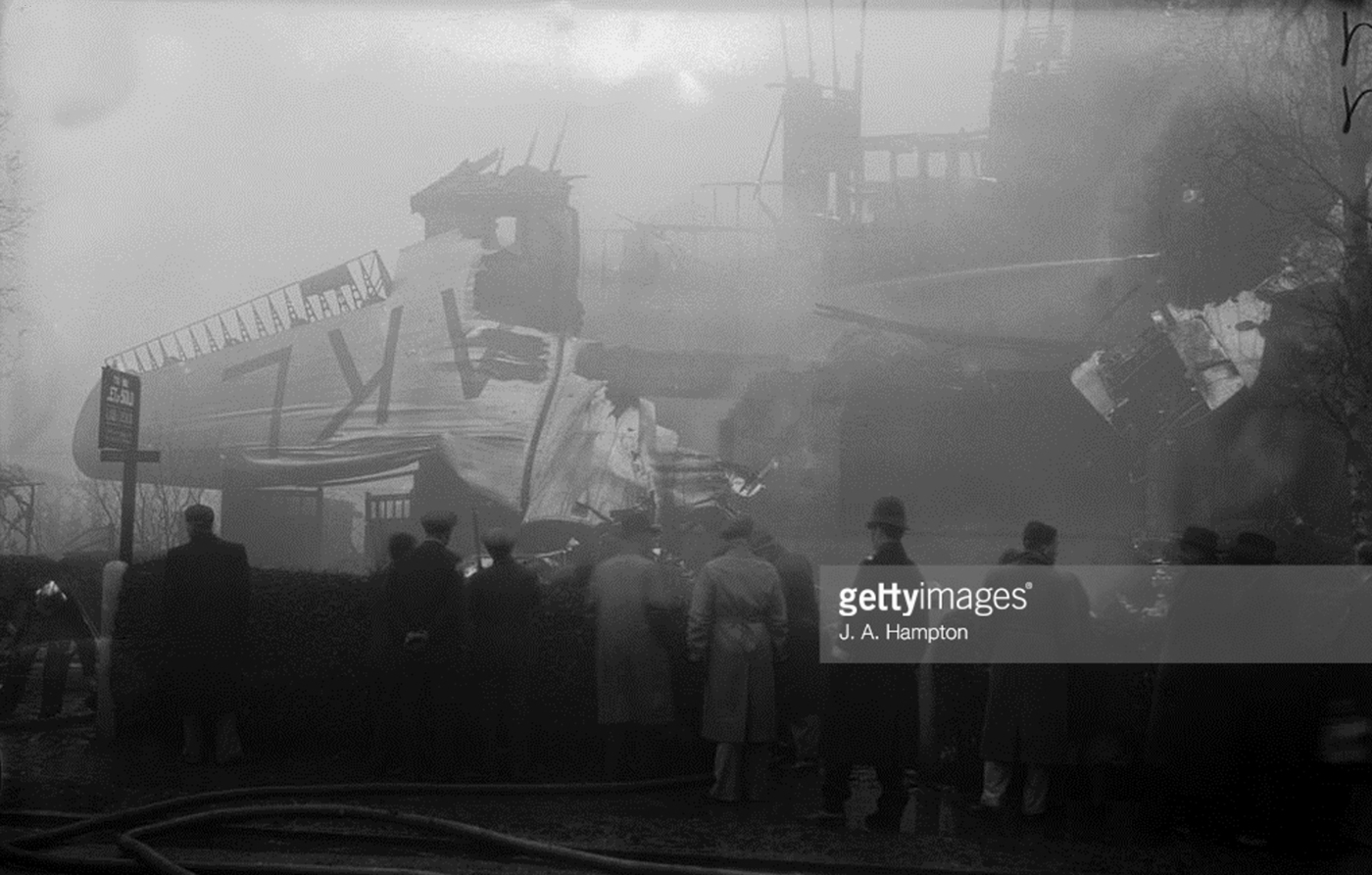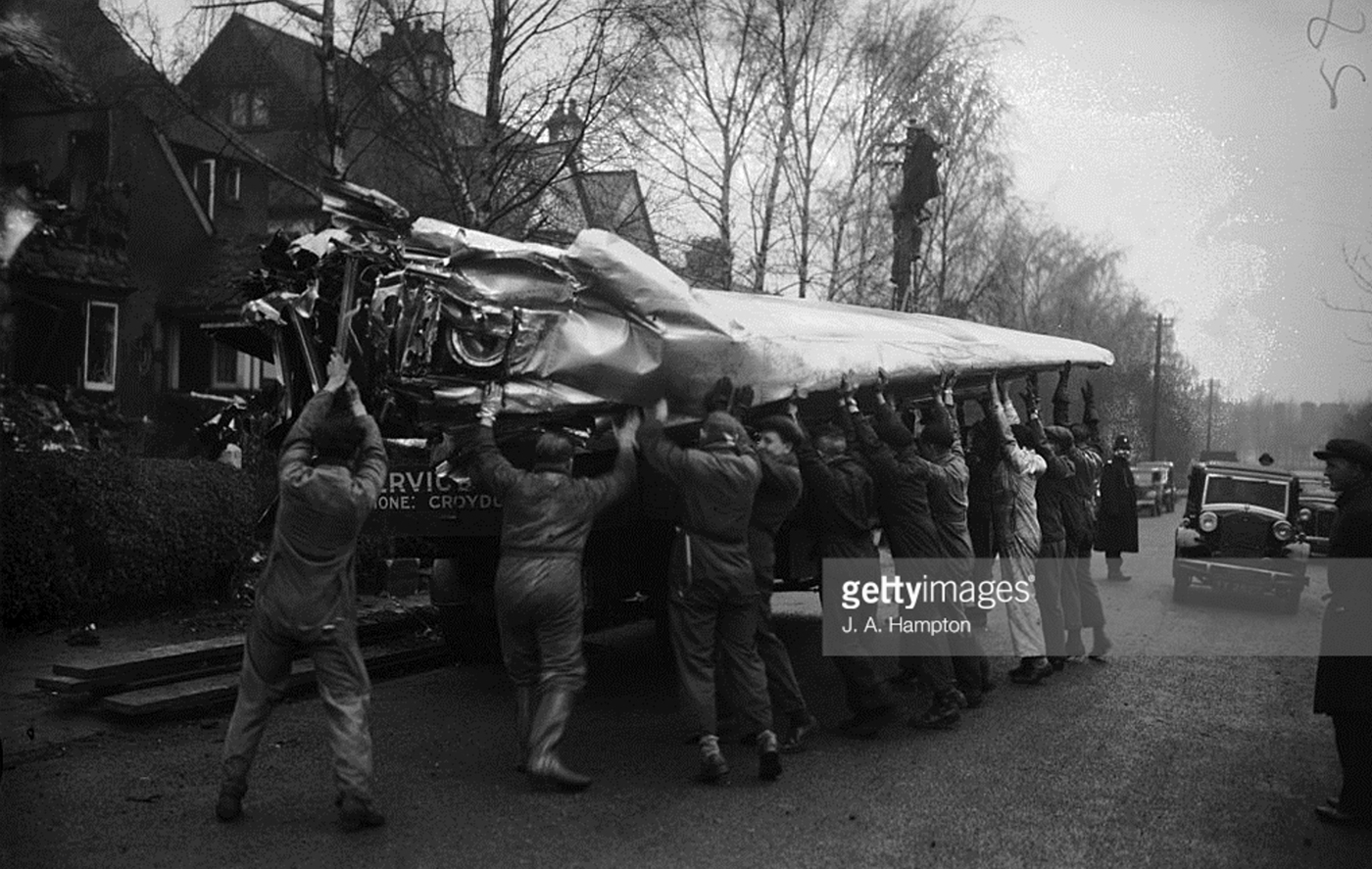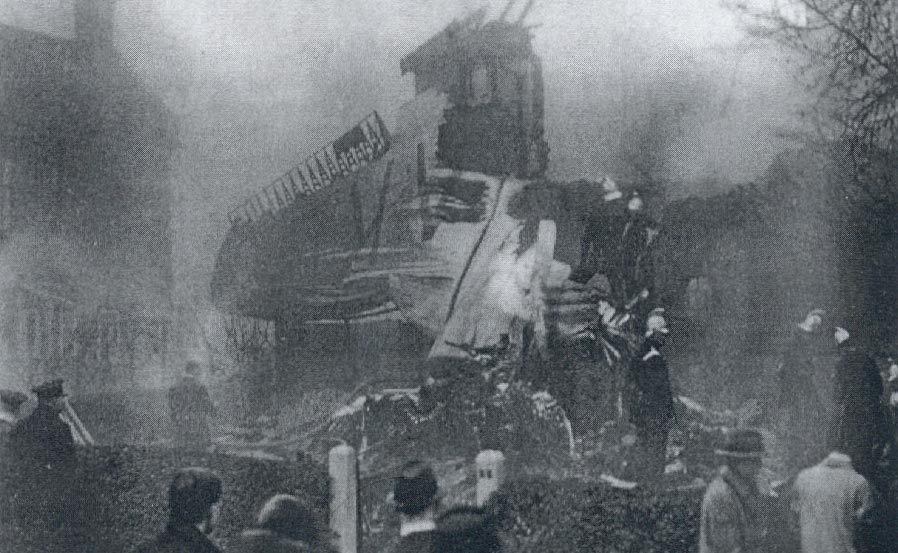Crash of a Kalinin K-5 in Kharkiv: 2 killed
Date & Time:
Nov 16, 1937
Registration:
CCCP-L561
Survivors:
No
Schedule:
Moscow – Orel – Kharkiv
MSN:
52
YOM:
1930
Crew on board:
2
Crew fatalities:
Pax on board:
0
Pax fatalities:
Other fatalities:
Total fatalities:
2
Aircraft flight hours:
2291
Circumstances:
The aircraft was completing a cargo flight from Moscow to Kharkiv with an intermediate stop in Orel, carrying two crew members and a load consisting of 52 metal plates for a total weight of 499 kg. On approach to Kharkiv Airport, the visibility was poor due to fog. The crew continued the descent when, at a distance of four km west from the airfield, the airplane collided with the 60 metres high chimney of a brickyard. The airplane rolled to the right and descended to the ground, bursting into flames. The female copilot was killed and the captain was seriously injured. He died an hour later from injuries sustained.
Probable cause:
The accident was the consequence of the combination of the following factors:
- The crew decided to continue the approach while the visibility was poor due to fog,
- Negligence on part of the employees of the Kharkov meteorological service which resulted in their inability to issue timely bulletins concerning the current weather conditions at destination.
- The crew decided to continue the approach while the visibility was poor due to fog,
- Negligence on part of the employees of the Kharkov meteorological service which resulted in their inability to issue timely bulletins concerning the current weather conditions at destination.



